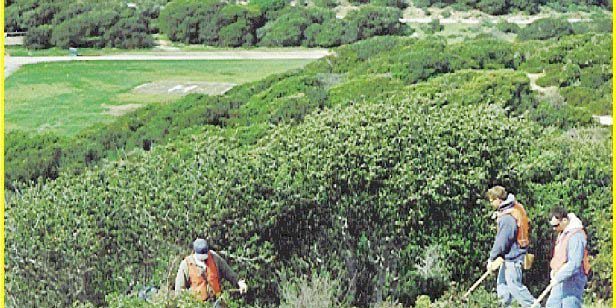This webinar will discuss the use of remote sensing to detect the presence in vegetation of fugitive compounds leached from unexploded ordnance, presented by Paul Manley, a doctoral student in civil engineering at Missouri University of Science and Technology. Unexploded ordnance poses a direct threat to both human health and the environment. Many explosive compounds are mobile in soil and can readily enter groundwater resources and the food chain. In this webinar, Manley explores the use of remote sensing technology to locate unexploded ordnance threats by measuring specific characteristics of plant health, like pigmentation reflectance. Advancing the Department of Defense’s ability to remotely locate forgotten landmines, unexploded bombs, and other buried ordnance will greatly contribute to the protection of warfighters and civilians alike.


